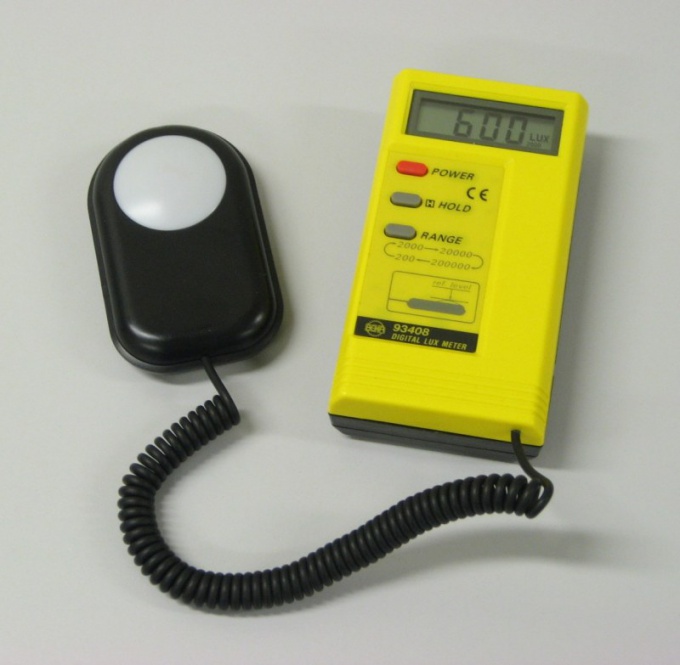You will need
- calculator.
Instruction
1
According to the definition, the light in one Suite create a light source with a luminous flux of one lumen, if it is uniformly lights the surface area of one square meter. Consequently, the transfer lumen in the suites, use the formula:
Klux = Lumen / Km2
To put the suites in lumens, use the formula:
Lumen = Clux * Km2
where:
Klux – illumination (number of Suite);
Lumen – the luminous flux value (lumen output);
Km2 - illuminated area (in square meters).
Klux = Lumen / Km2
To put the suites in lumens, use the formula:
Lumen = Clux * Km2
where:
Klux – illumination (number of Suite);
Lumen – the luminous flux value (lumen output);
Km2 - illuminated area (in square meters).
2
In the calculations, keep in mind that the lighting must be uniform. In practice, this means that all points of the surface should be equidistant from the light source. At the same time, the light should hit all the surface areas under the same angle. Also note that the surface should fall the whole of the light source luminous flux.
3
If the light source is close in form to a point, uniform lighting can only be achieved on the inner surface of the sphere. However, if the lamp is far enough from the illuminated surface, and the surface is relatively smooth and has a small area, the illumination can be considered almost uniform. "Vivid" example of such a light source can be considered the sun, which due to the huge distance is nearly a point source of light.
4
Example: In the center of a cubic room height of 10 meters, and is a incandescent bulb of 100 watts.
Question: what will be the illumination of the ceiling of the room?
Solution: the incandescent bulb 100 Watt creates a luminous flux is approximately equal to 1300 lumens (LM). This flow is distributed into six equal surfaces (walls, floor, and ceiling) with a total area of 600 m2. Consequently their illumination (average) amount: 1300 / 600 = 2,167 Cf. Accordingly, the average illumination of the ceiling will also be equal 2,167 LK.
Question: what will be the illumination of the ceiling of the room?
Solution: the incandescent bulb 100 Watt creates a luminous flux is approximately equal to 1300 lumens (LM). This flow is distributed into six equal surfaces (walls, floor, and ceiling) with a total area of 600 m2. Consequently their illumination (average) amount: 1300 / 600 = 2,167 Cf. Accordingly, the average illumination of the ceiling will also be equal 2,167 LK.
5
For the solution of the inverse problem (determination of the luminous flux at a given illumination and surface area), simply multiply the illuminance of the area.
6
In practice, however, the amount of light generated by the light source, so is not calculated, but measured using special instruments – a spherical photometers and photometric goniometers. But since most light sources have a standard characteristics, for practical calculations use the following table:
Incandescent lamp 60 W (220 V) – 500 LM.
Incandescent 100 W (220 V) – 1300 LM.
Fluorescent lamp 26 W (220 V) - 1600 LM.
Sodium-vapor lamp (street) - 10000...20000 LM.
Sodium low pressure lamps - 200 Lumens/watt.
LEDs – about 100 LM/W.
The Sun Is 3.8 * 10^28 LM.
Incandescent lamp 60 W (220 V) – 500 LM.
Incandescent 100 W (220 V) – 1300 LM.
Fluorescent lamp 26 W (220 V) - 1600 LM.
Sodium-vapor lamp (street) - 10000...20000 LM.
Sodium low pressure lamps - 200 Lumens/watt.
LEDs – about 100 LM/W.
The Sun Is 3.8 * 10^28 LM.
7
LM/W is the efficiency indicator of the light source. For example, the led 5 watt will provide a luminous flux of 500 LM. Which corresponds to the incandescent bulb that consumes 60 watts!
